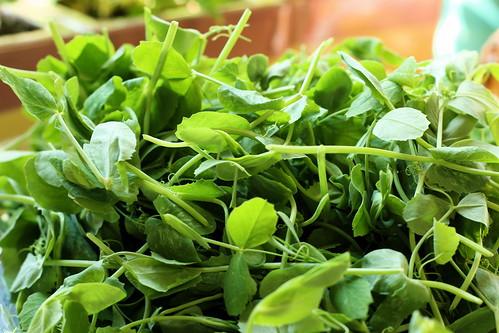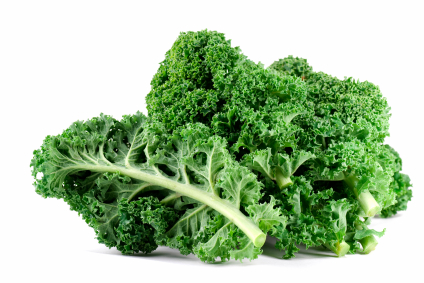I have heard some people argue that, as humans, we are not designed to sit at all. I find this assertion ridiculous. We did not create chairs, and then decide that sitting seemed like a good idea. What is unnatural is spending eight to twelve hours a day sitting.
 |
| Yup, totally unnatural to sit. You would never see sitting behavior in nature. |
Unsurprisingly, many studies opt for moderation. Don't spend too much time sitting, don't spend too much time standing. Moving, on the other hand, is something that we should do a lot more of. One of the reasons that our ancient ancestors were such successful hunters was that they could injure their prey and just follow it, relentlessly, until it died. So that means that we should spend more time at the gym, trying to tack on a whole lot of extra exercise into an already packed schedule? Nope. Those hours of being sedentary have already put stress on the muscles, and vigorous workouts can lead to muscle or joint injury. Also, studies demonstrate that an increased amount of aerobic exercise (in professional level athletes) can lead to increased instances of arrhythmia. Conveniently enough, recent studies have started proving the efficiency of a shorter duration, higher intensity workout, making the most of interval training, which means less time spent actively exercising.
I am notoriously bad at paying attention to things around me once I am engrossed in a project. Because of that, I have set an alarm on my calendar to remind me to stretch. I've had carpal tunnel syndrome once, and I'd rather keep it from coming back. Most of the "recommendations" I've seen on other sites for how to increase NEAT included things like use the restroom that is the farthest away from your desk, go out to pick up lunch instead of having it delivered, have walking meetings, and things like that.While I'm sure that these are all good ideas, they just strike me as... unfulfilling (not to mention that I'm not even going to try to convince anyone in my office to have a "walking meeting").
I have, however, figured out how to work more NEAT into my day where I do feel like I'm getting something out of it. My office building became involved in Climb Corps, which means that the stairways are open. Now, going up stairs sucks. Even when I was a distance runner, I hated hills. But, with the stairs right there, I can't make excuses about having to get up early to go to the gym, or forgetting to bring my gym bag to work, or anything else (all right, the day that I tripped and fell outside, and had a bloodied knee, I skipped the stairs. But I think that's fair). Every time I come or go from my office, I go up/down (or a combination of the two) some stairs. I started by taking the stairs down on my way home (12 flights from my office to the lobby). Then, I added in a few flights every time I went to the rest room. I'd go down a couple of flights, and then back up. Next, I'd take the elevator in the morning six floors, and walk the rest. Currently I am walking up all 12 flights on my way into work, I do sets of 4 flights 2-3 times a day, and I try to go down all 12 flights and back up just before lunch, and walk down all 12 flights on my way home. Each time I do this, it takes 1-5 minutes.
 |
| See! Less than 5 minutes to go down and back up 12 flights of stairs. |
So, what can you do to increase your NEAT?
References (my apologies for not citing in the blog post itself) :
"ACSM's Health & Fitness Journal." HIGH-INTENSITY CIRCUIT TRAINING USING BODY WEIGHT: Maximum R... :. N.p., n.d. Web. 25 July 2013. <http://journals.lww.com/acsm-healthfitness/Fulltext/2013/05000/HIGH_INTENSITY_CIRCUIT_TRAINING_USING_BODY_WEIGHT_.5.aspx>.
"American Physiological SocietyAmerican Journal of Physiology - Cell Physiology." Static Mechanical Stretching Accelerates Lipid Production in 3T3-L1 Adipocytes by Activating the MEK Signaling Pathway. N.p., n.d. Web. 25 July 2013. <http://ajpcell.physiology.org/content/early/2011/10/17/ajpcell.00167.2011.abstract>.
"ClimbCorps - Brigham and Women's Hospital." ClimbCorps - Brigham and Women's Hospital. N.p., n.d. Web. 25 July 2013. <http://giving.brighamandwomens.org/climbcorps>.
"CUergo: Sitting and Standing." CUergo: Sitting and Standing. N.p., n.d. Web. 25 July 2013. <http://ergo.human.cornell.edu/CUESitStand.html>.
"Exercise and Sport Sciences Reviews." Too Much Sitting: The Population Health Science of Sedentary... :. N.p., n.d. Web. 25 July 2013. <http://journals.lww.com/acsm-essr/Abstract/2010/07000/Too_Much_Sitting__The_Population_Health_Science_of.3.aspx>.
"Prolonged TV Viewing Linked to Increased Risk of Type 2 Diabetes, Cardiovascular Disease." Prolonged TV Viewing Linked to Increased Risk of Type 2 Diabetes, Cardiovascular Disease. N.p., n.d. Web. 25 July 2013. <http://www.eurekalert.org/pub_releases/2011-06/hsop-ptv061011.php>.
"Result Filters." National Center for Biotechnology Information. U.S. National Library of Medicine, n.d. Web. 25 July 2013. <http://www.ncbi.nlm.nih.gov/pubmed/12468415>.
"Result Filters." National Center for Biotechnology Information. U.S. National Library of Medicine, n.d. Web. 25 July 2013. <http://www.ncbi.nlm.nih.gov/pubmed/18001322>.
"Result Filters." National Center for Biotechnology Information. U.S. National Library of Medicine, n.d. Web. 25 July 2013. <http://www.ncbi.nlm.nih.gov/pubmed/21330616>.
"SEDENTARY LIFESTYLE." Womenshealthmag.com. N.p., n.d. Web. 25 July 2013. <http://www.womenshealthmag.com/health/sedentary-lifestyle-hazards?fullpage=1>.
"STANDING DESK." Womenshealthmag.com. N.p., n.d. Web. 25 July 2013. <http://www.womenshealthmag.com/health/standing-desk>.
"Television Viewing Time and Reduced Life Expectancy: A Life Table Analysis." -- Veerman Et Al. 46 (13): 927. N.p., n.d. Web. 25 July 2013. <http://bjsm.bmj.com/content/46/13/927.abstract>.








